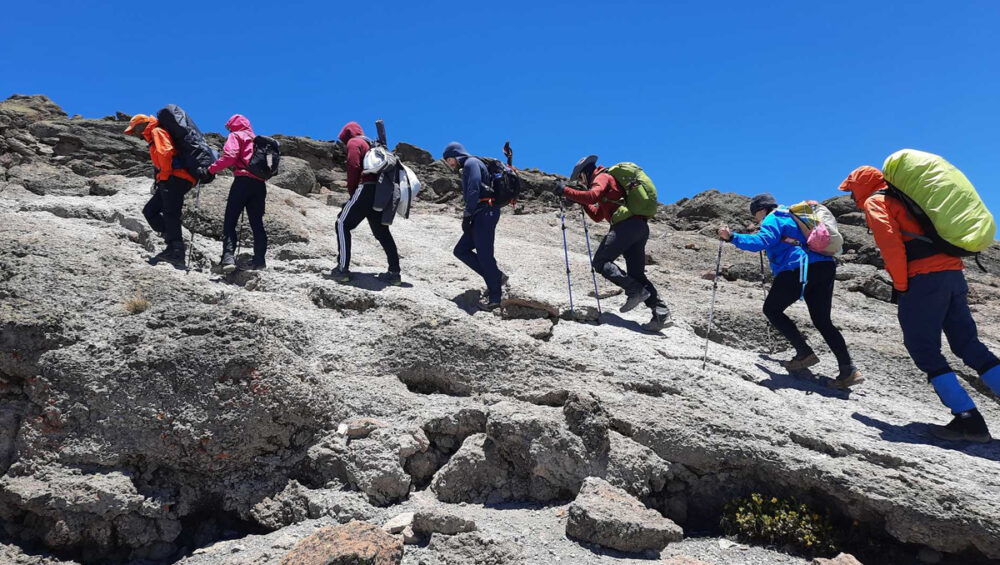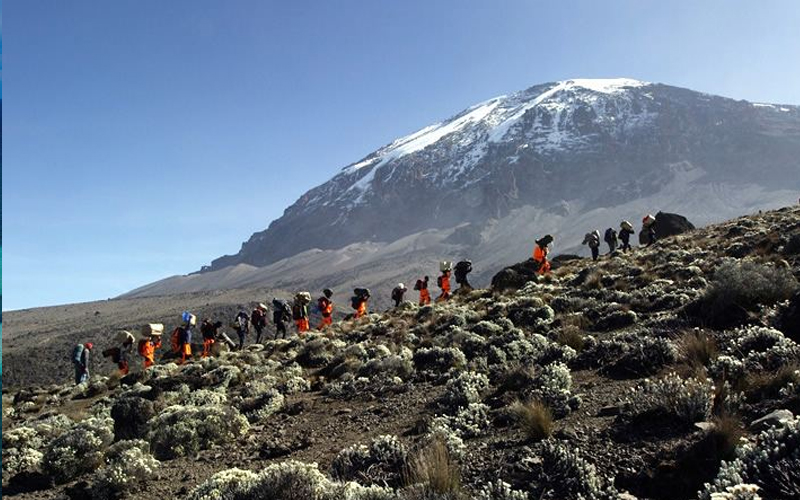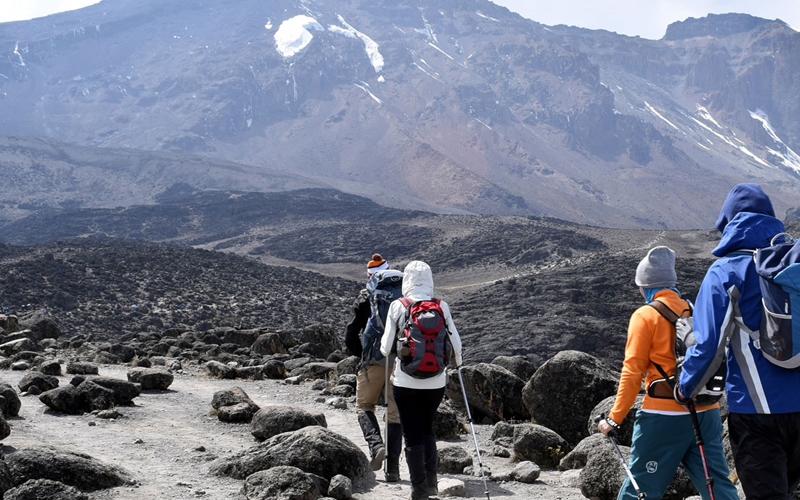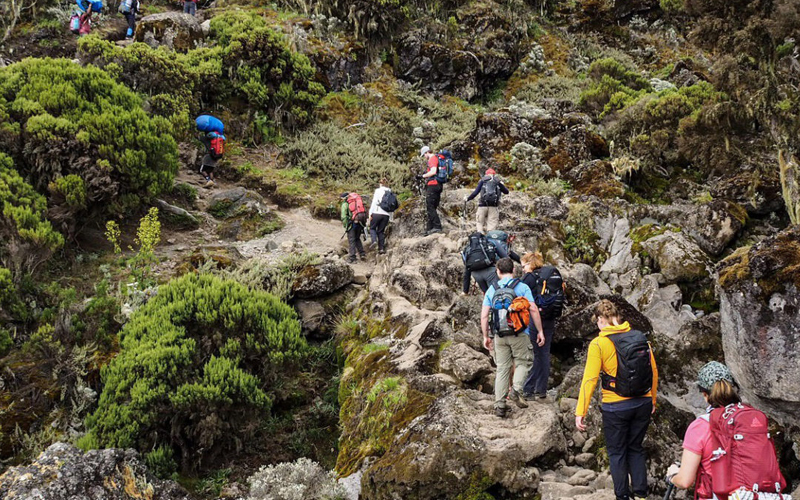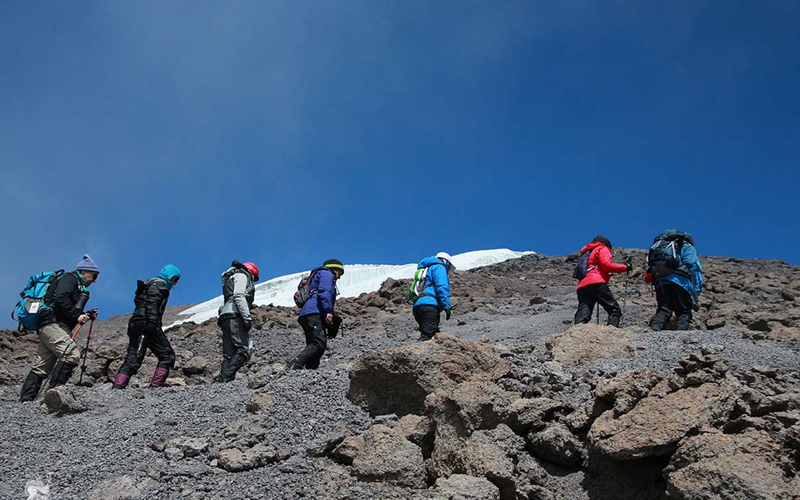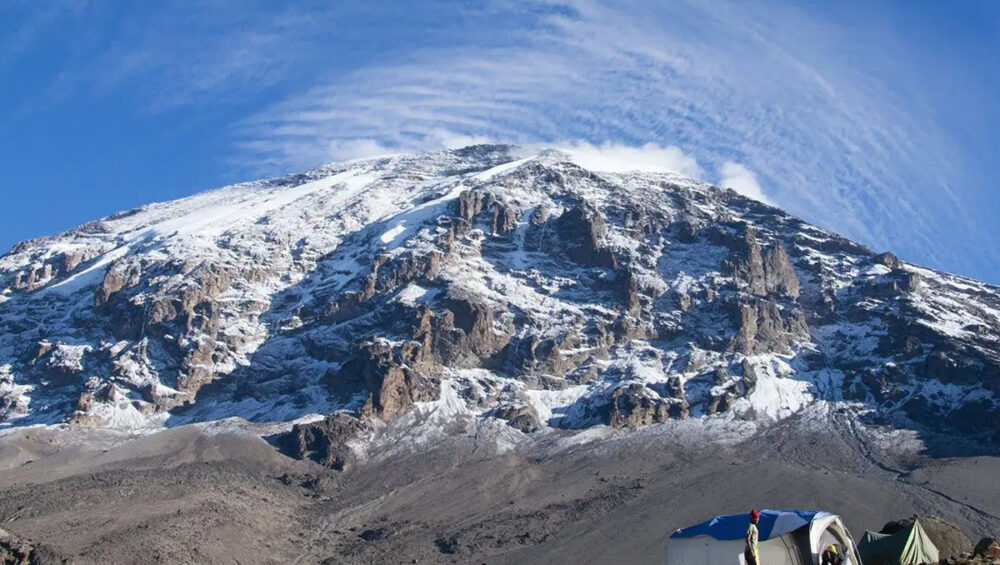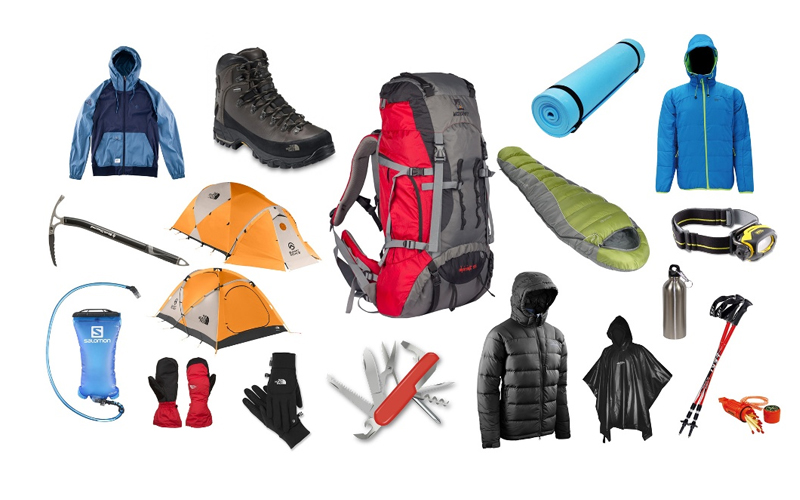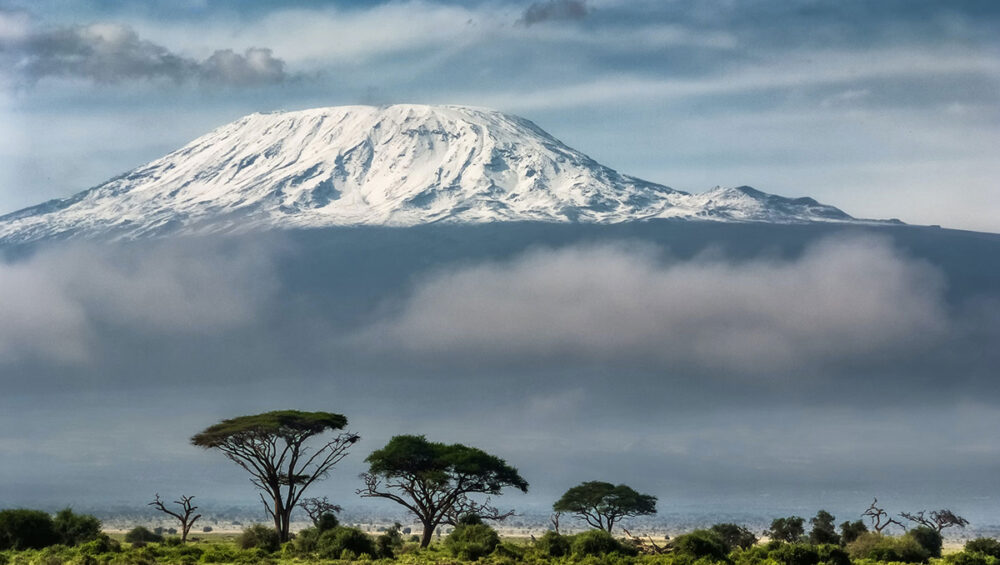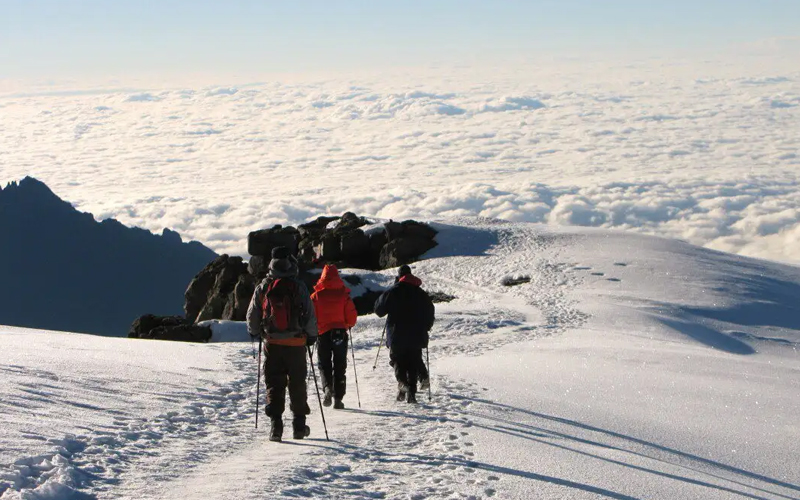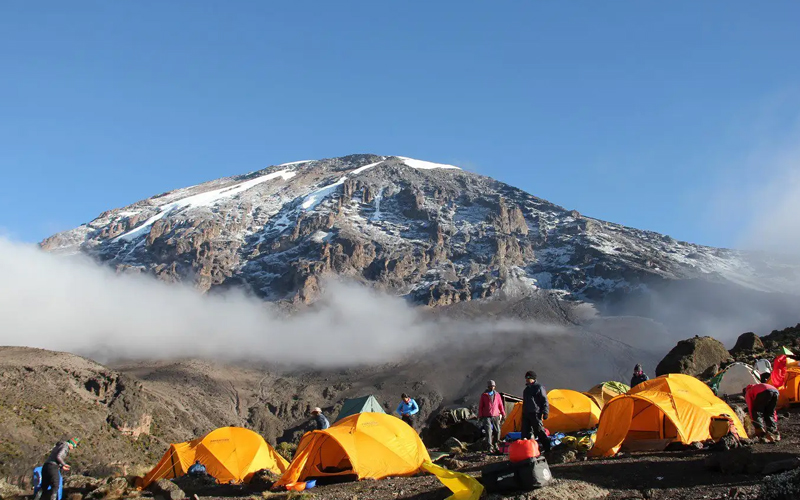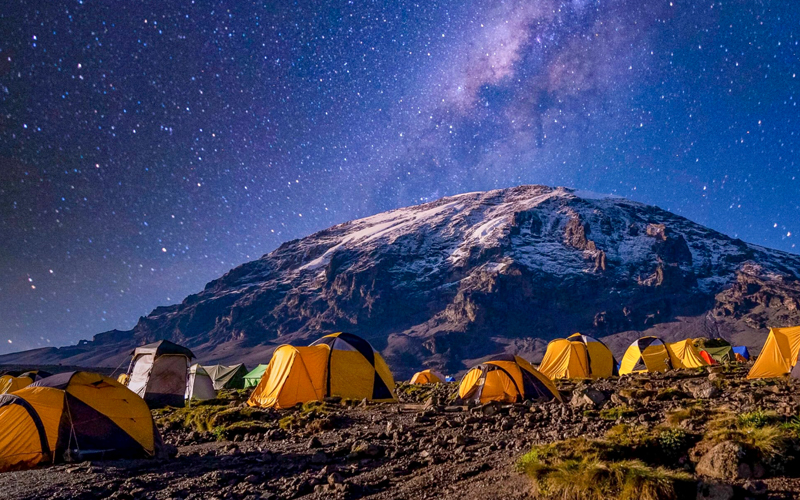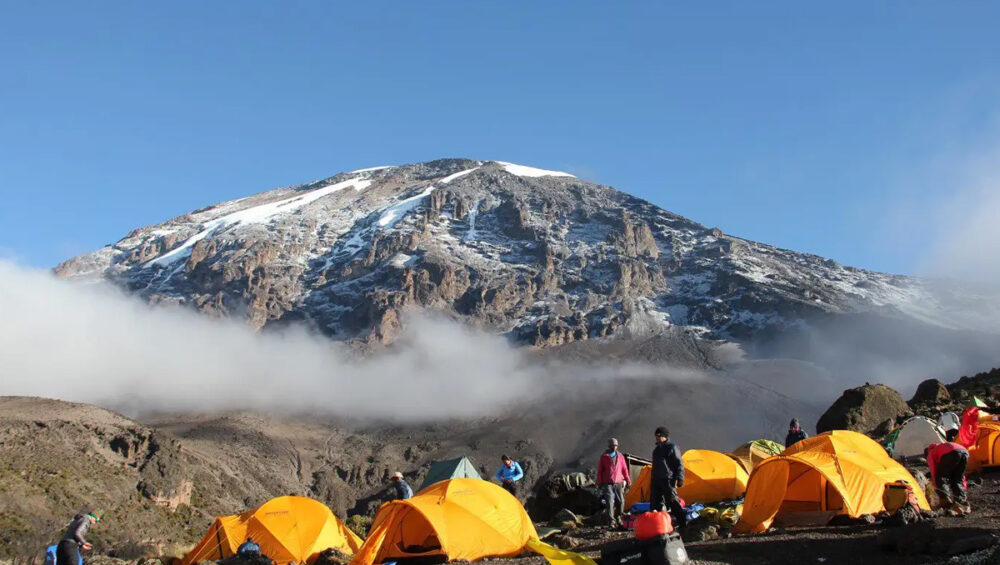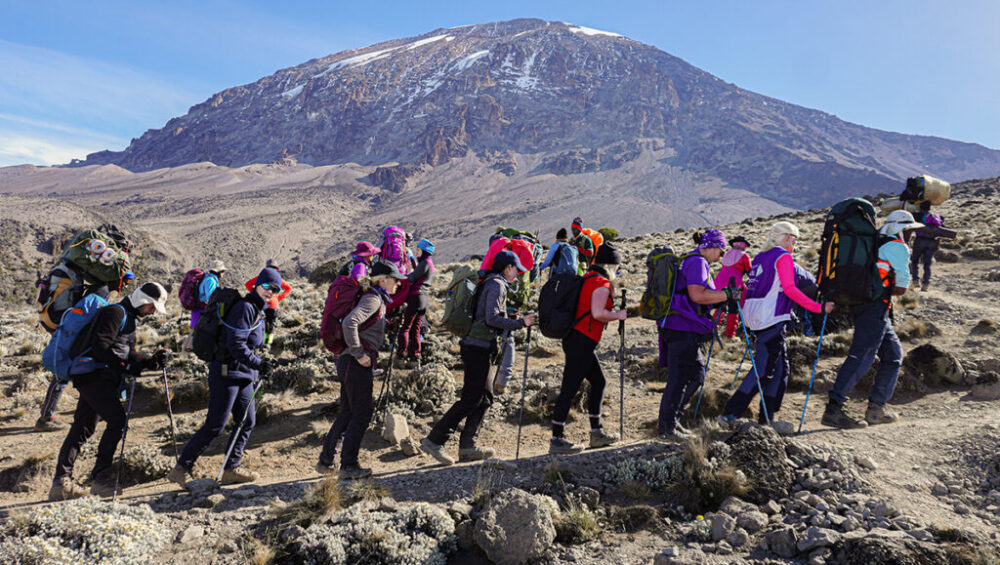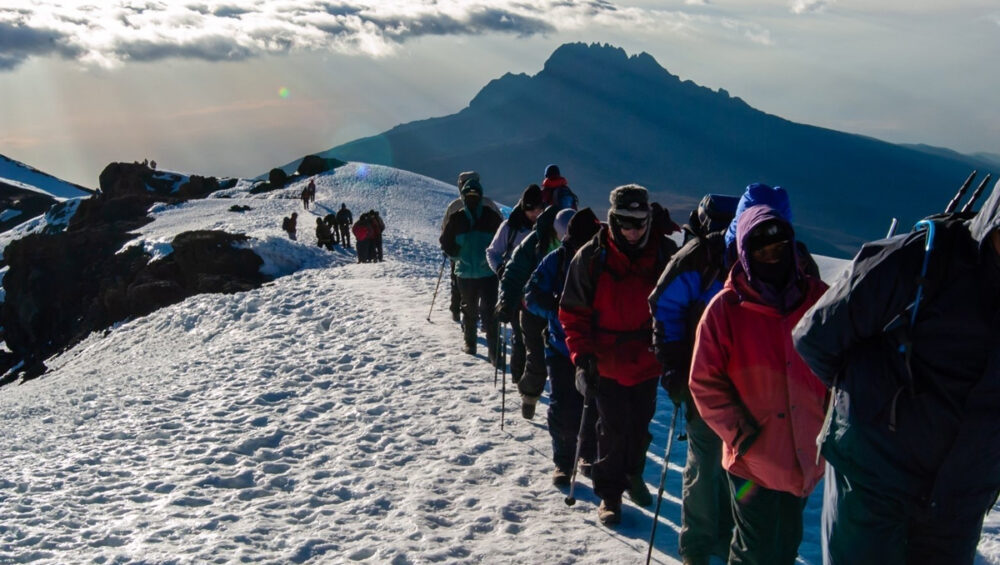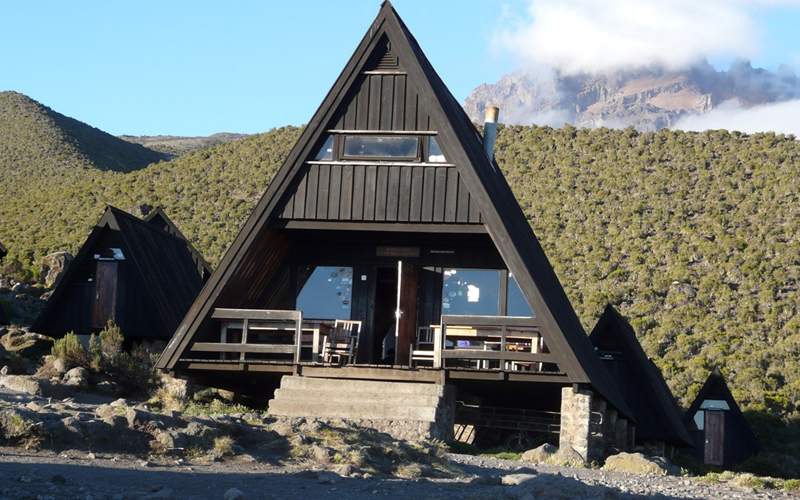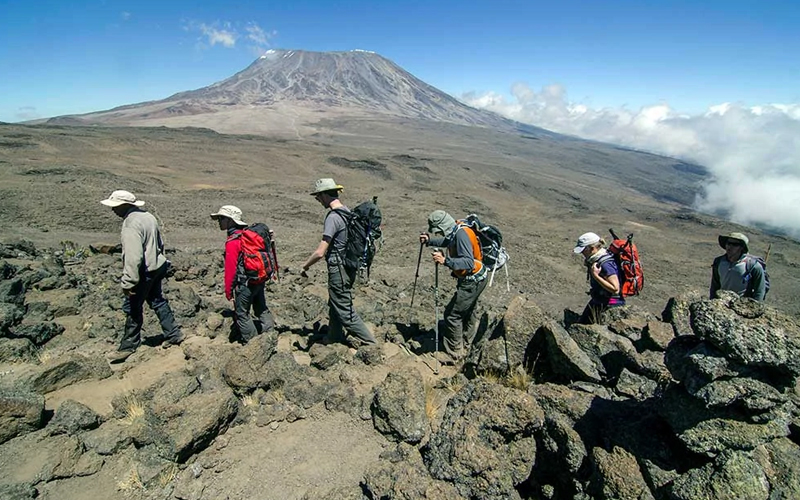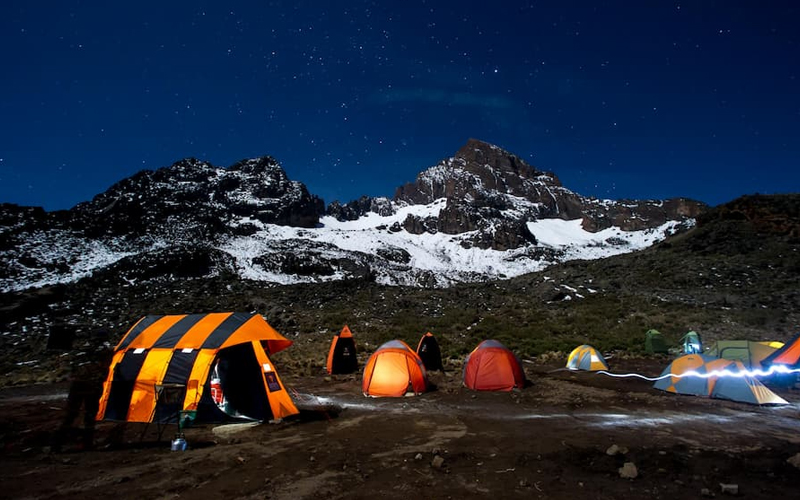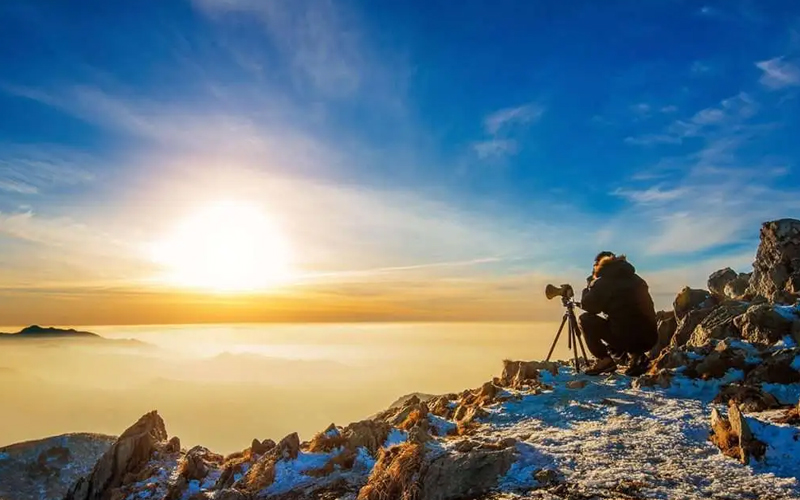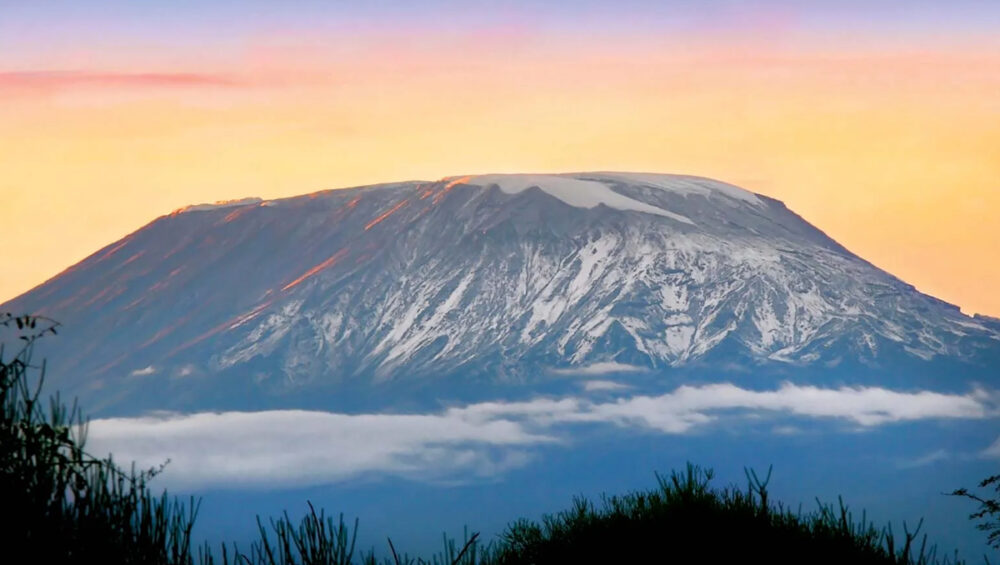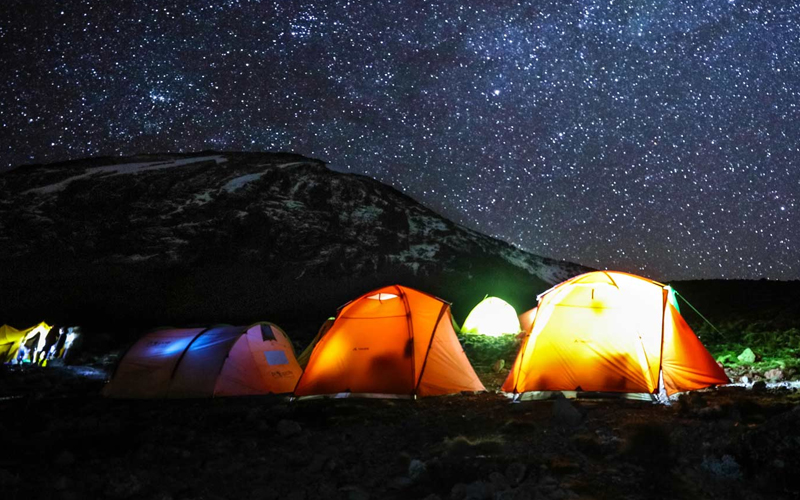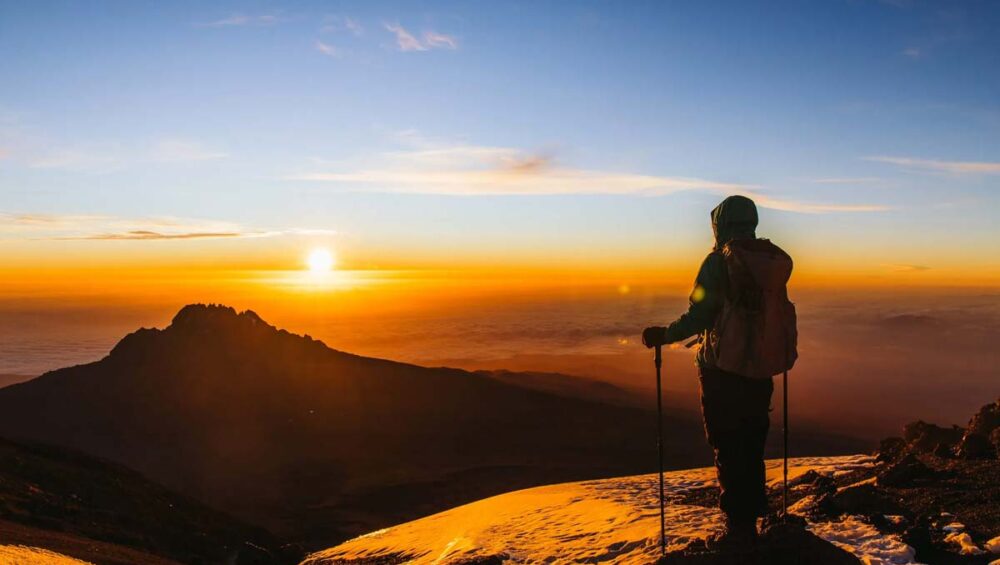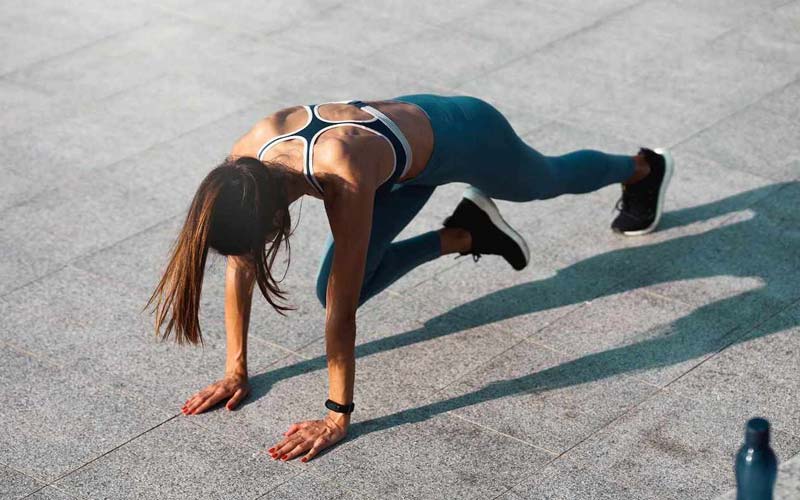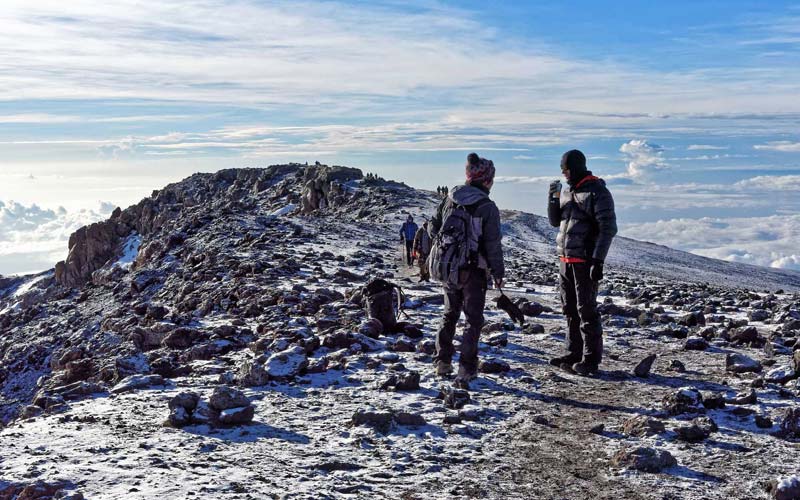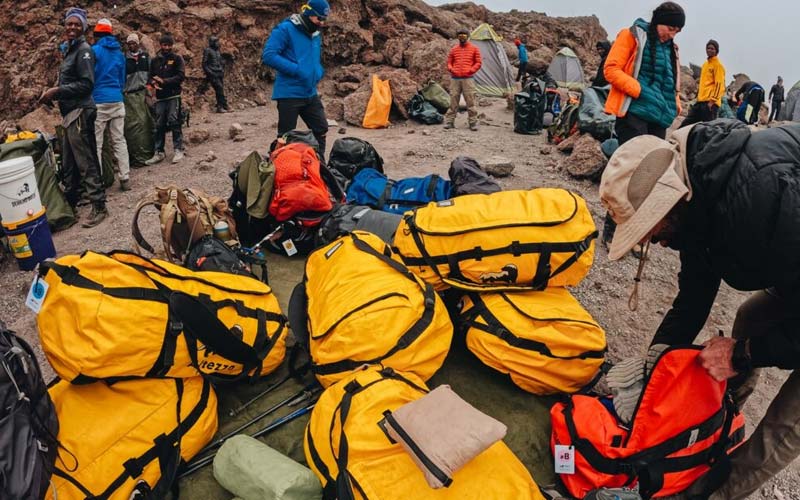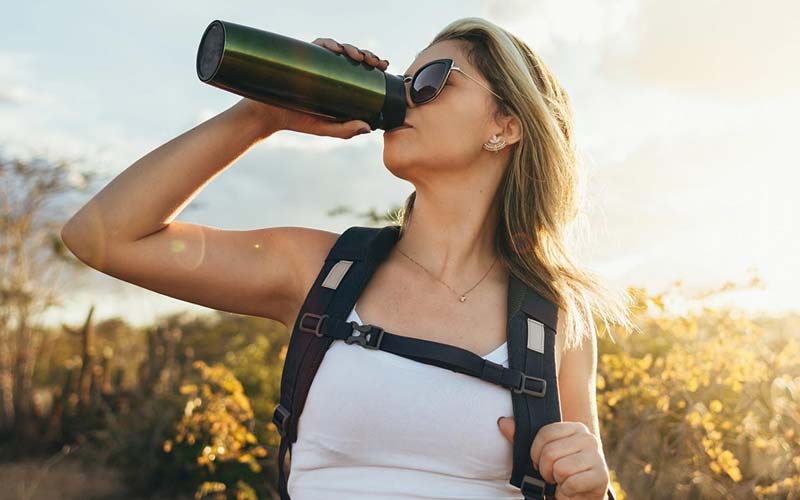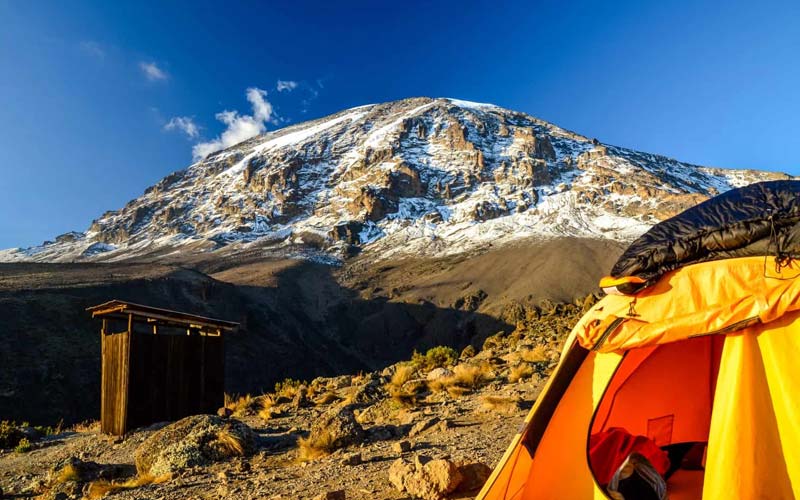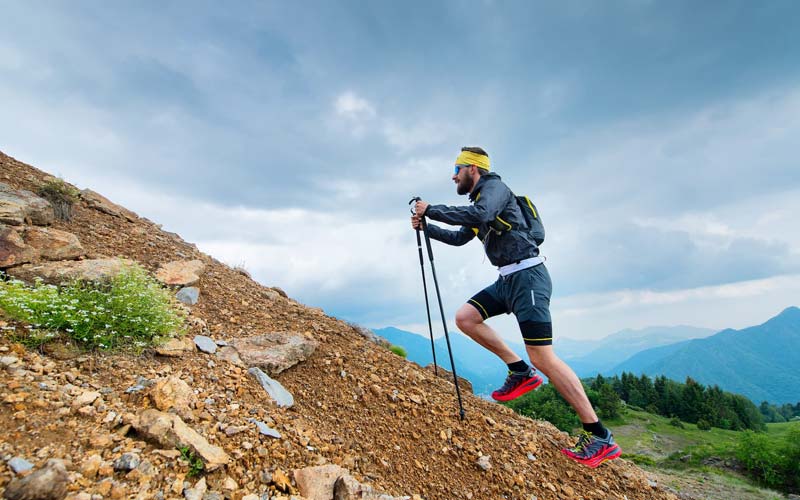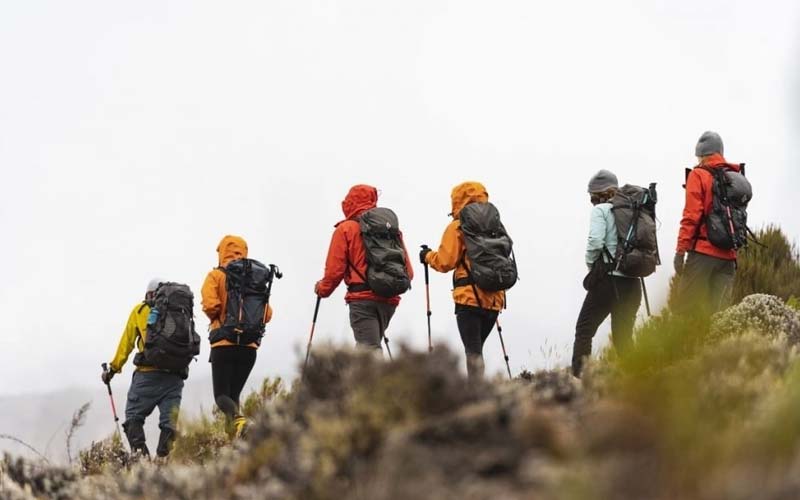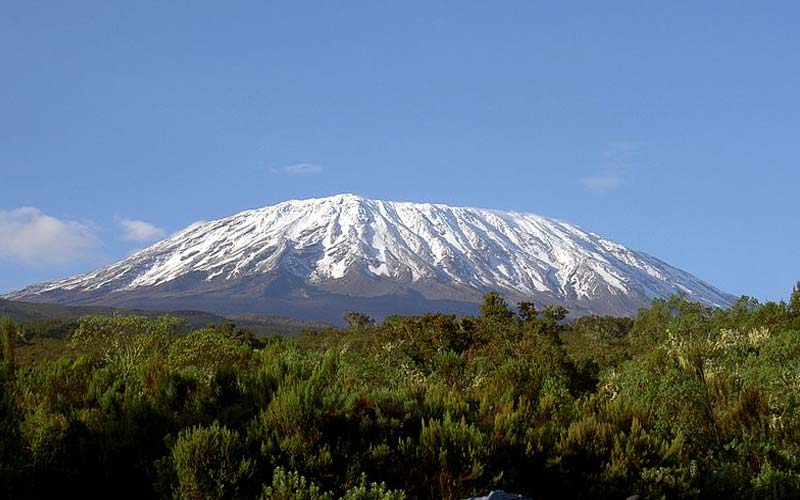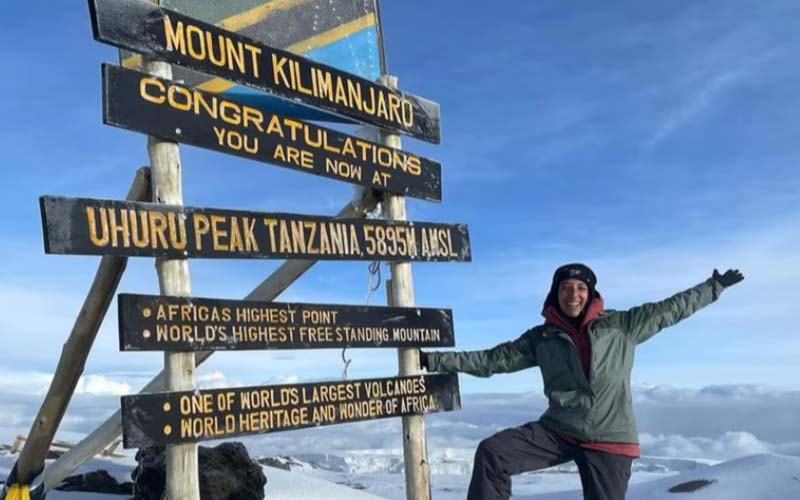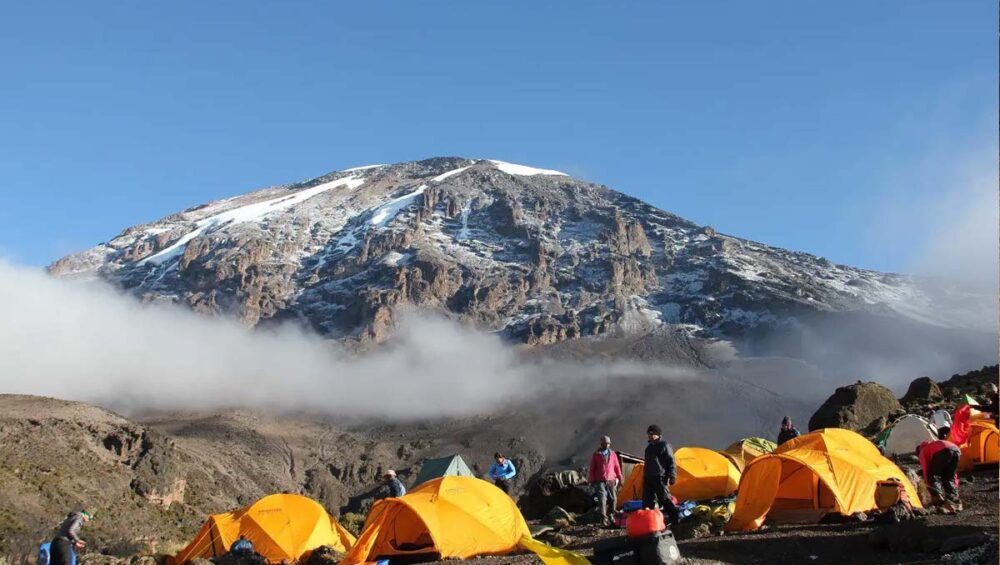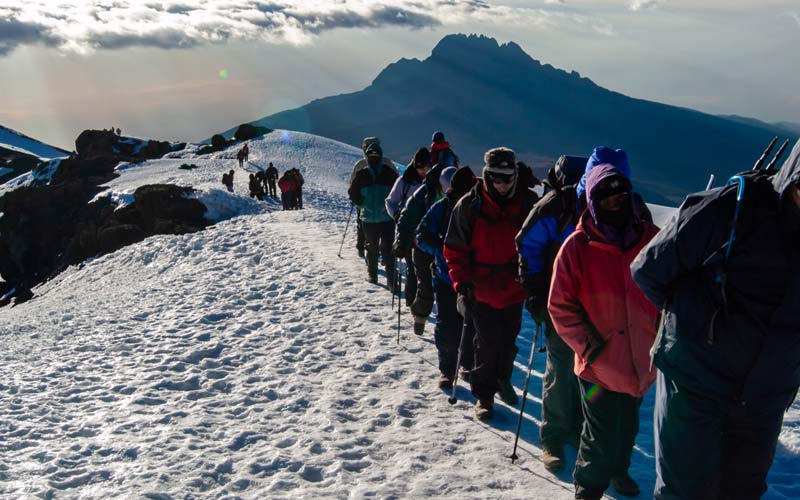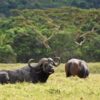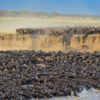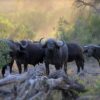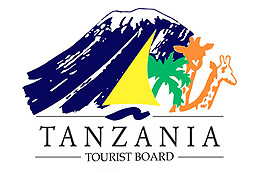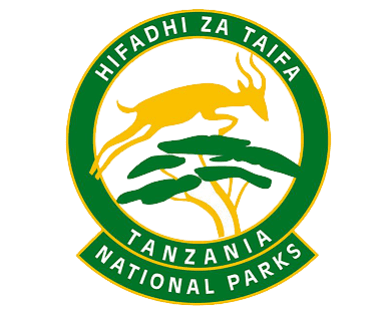Do I need a guide to climb Kilimanjaro?
Mandatory Requirement
- Government Regulations: The Tanzanian government has made it mandatory for all climbers to be accompanied by a registered guide. This regulation ensures the safety and well-being of climbers, as well as the preservation of the mountain environment. Without a licensed guide, you won’t be allowed to begin your ascent.
Safety First
- Handling Emergencies: Climbing Kilimanjaro is a physically demanding endeavor that requires careful preparation and awareness of potential hazards. Guides are trained to handle emergencies, such as altitude sickness, and are equipped with the knowledge to navigate the mountain’s challenging terrain. They carry essential medical supplies and are skilled in first aid, which can be life-saving in critical situations.
- Altitude Sickness Prevention: Guides monitor climbers for signs of altitude sickness and take necessary actions, such as adjusting the pace or descent if symptoms become severe. Their experience in recognizing early symptoms and providing appropriate interventions significantly reduces the risk of serious health issues.
Navigational Expertise
- Knowing the Routes: The routes to the summit of Kilimanjaro can be confusing, with numerous paths and variations. A guide’s expertise ensures that you stay on track and avoid getting lost. They are familiar with the mountain’s geography and can make informed decisions based on weather conditions and the group’s progress, ensuring a smooth and efficient climb.
- Weather and Terrain Navigation: Kilimanjaro’s weather can be unpredictable, with rapid changes that can affect visibility and trail conditions. Guides have the experience of navigating through fog, rain, and snow, ensuring that climbers remain safe and on the correct path.
Local Knowledge
- Cultural Insights: Guides provide invaluable insights into the local culture, flora, and fauna. Their knowledge enhances the overall experience, allowing you to appreciate the mountain’s rich biodiversity and cultural significance. They can explain the history of the mountain, its ecological importance, and the traditions of the indigenous communities living in the region.
- Environmental Awareness: Understanding the local environment and its ecosystems is crucial for preserving Kilimanjaro. Guides educate climbers about the importance of protecting the mountain’s natural resources and wildlife, fostering a deeper connection and respect for the environment.
Logistical Support
- Permits and Regulations: Organizing a Kilimanjaro climb involves numerous logistical challenges, from securing permits to arranging transportation and supplies. Guides and their support teams take care of these details, allowing you to focus on the climb itself. They handle camp setup, meal preparation, and equipment management, ensuring that you have a comfortable and well-supported journey.
- Camp Management: Setting up camps in harsh mountain conditions requires experience and efficiency. Guides and porters ensure that campsites are properly established, providing shelter and facilities needed for a safe and comfortable rest.
Team Support and Morale
- Encouragement and Motivation: Climbing Kilimanjaro is as much a mental challenge as it is a physical one. Having a guide and a support team creates a sense of camaraderie and boosts morale. They provide encouragement and motivation, helping you push through difficult moments and celebrate your achievements along the way.
- Group Dynamics: Guides manage group dynamics, ensuring that everyone stays positive and cohesive. They mediate conflicts and help build a supportive environment, which is crucial for a successful group climb.
Environmental Responsibility
- Sustainable Practices: Guides play a crucial role in promoting sustainable and responsible tourism in Kilimanjaro. They educate climbers about the importance of minimizing their environmental impact and adhering to Leave No Trace principles. By following their guidance, you contribute to the preservation of this natural wonder for future generations.
- Waste Management: Proper waste management is vital to protect Kilimanjaro’s pristine environment. Guides ensure that all waste is carried off the mountain and disposed of responsibly, reducing the ecological footprint of climbers.
In summary, hiring a guide for your Kilimanjaro climb is not only a legal requirement but also a practical necessity. Guides ensure your safety, provide essential logistical support, and enhance your overall experience with their knowledge and expertise. Climbing Kilimanjaro with a guide increases your chances of reaching the summit and allows you to fully appreciate the beauty and challenges of this iconic mountain.
FAQs
1. How much does it cost to hire a guide for Kilimanjaro? The cost of hiring a guide varies depending on the route, duration of the climb, and the tour operator. On average, expect to pay between $1,500 to $3,000 for a guided climb, including permits, meals, and support staff. 2. Can I choose my guide? Most tour operators assign guides based on their availability and expertise. However, you can request specific guides or inquire about their experience and credentials before booking. 3. What qualifications do Kilimanjaro guides have? Kilimanjaro guides undergo rigorous training and certification processes. They are required to have knowledge of first aid, altitude sickness prevention, and mountain navigation. Many guides are also experienced mountaineers with a deep understanding of the terrain. 4. How do guides handle emergencies on the mountain? Guides are trained to recognize and respond to altitude sickness and other medical emergencies. They carry first aid kits and communication devices to coordinate rescues if necessary. Evacuation plans are in place to ensure the safety of climbers. 5. Can I climb Kilimanjaro with a private guide? Yes, you can opt for a private guided climb. This option provides personalized attention and a customized itinerary, ensuring that your specific needs and preferences are met throughout the journey. For a comprehensive guide to Tanzanian adventures and safaris, explore the following topics on our site:- Tanzania Hiking and Trekking Tours
- Tanzania Safari Categories
- Tanzania Safari Checklist
- Tanzania Safari Cost
- Tanzania Safari FAQs
- Tanzania Safari Tipping
- Tanzania Safari Packages
- Tanzania Safari Guide
- Tanzania Safari Tours
- Honeymoon and Couple Safari
- Serengeti Migration Safari
- Tanzania Family Safari
- Tanzania Visa and Immigration
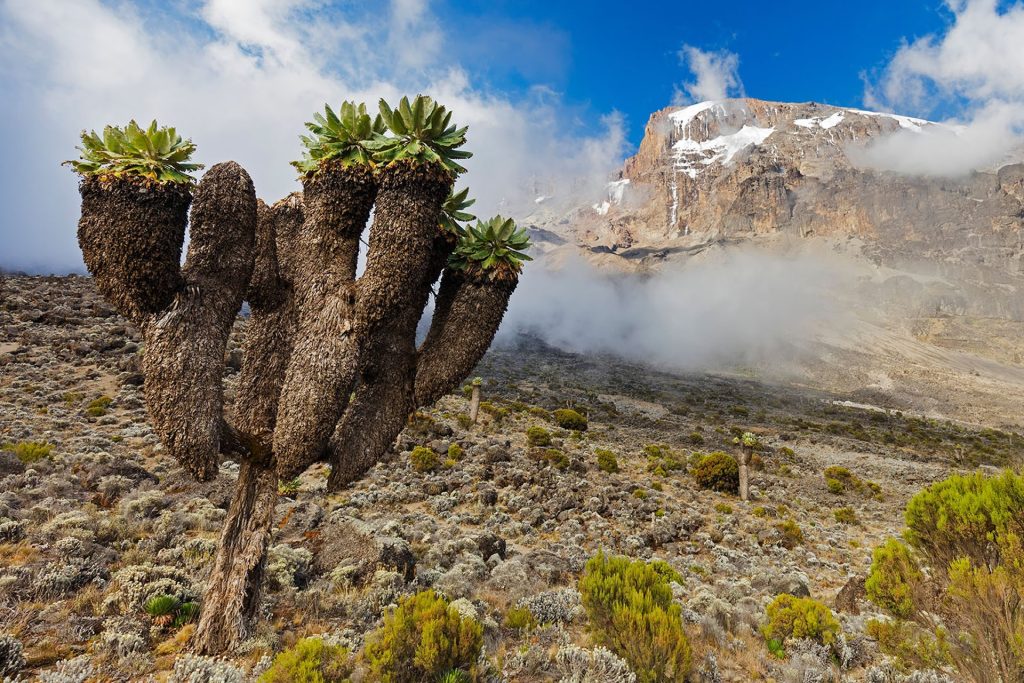
Kilimanjaro Climb
Book Hiking tours to Mount Kilimanjaro, The Roof of Africa, Best Prices Guarantee!
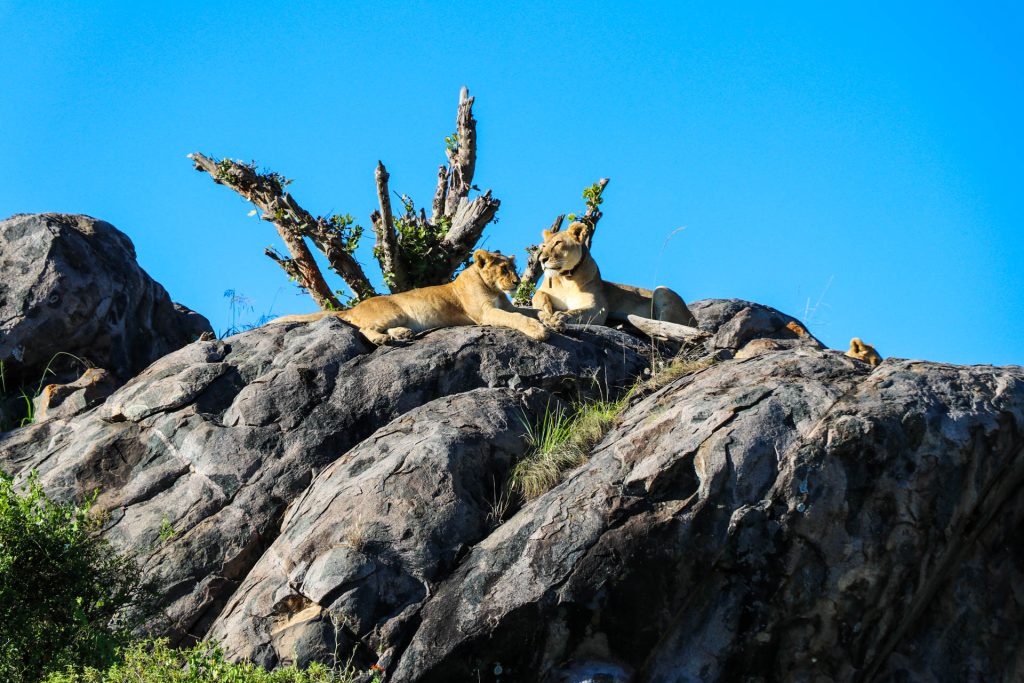
Tanzania Safari Vacations
Explore our Unforgettable Tanzania Budget, Mid-Range & Luxury Wildlife Safari.
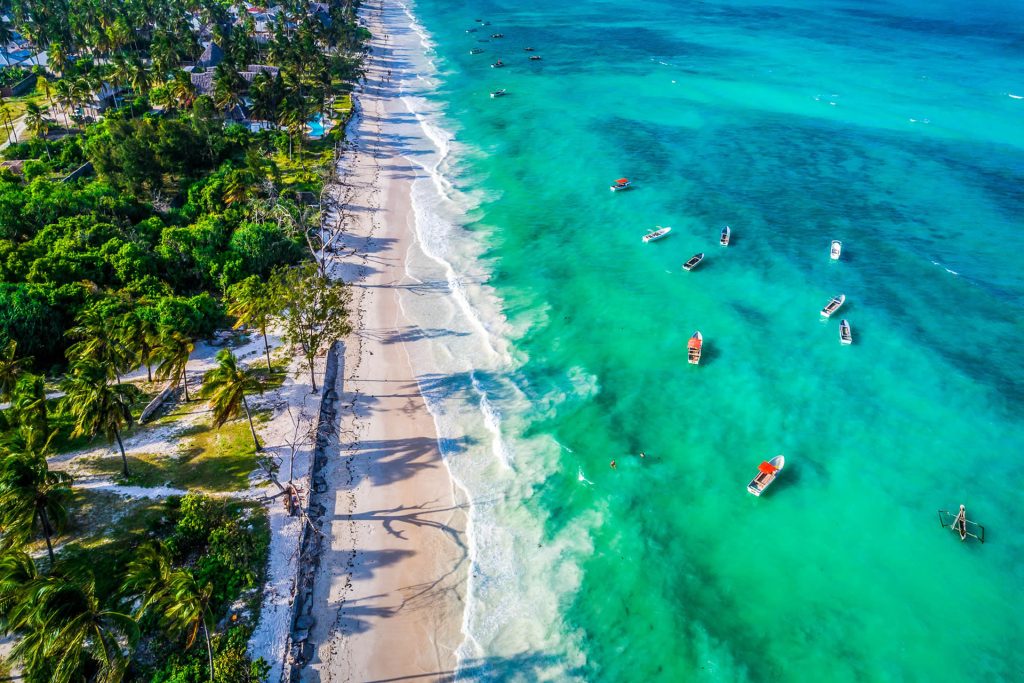
Beach Excursions
Visit Zanzibar Island and Coastal Tanzania for beach tours before and after a climb or safari.
ABOUT BOKER ADVENTURE…
Boker Adventure is a Tanzania Tours company located in Moshi town along the slope of Mount Kilimanjaro committed to offering local experiences such as Mount Kilimanjaro climbing experiences, Tanzania Wildlife Safari Experiences, Tanzania cultural tourism, bike tours, honeymoon, Air Ticketing and beach holidays. At Boker Adventures, we offer you a unique and comprehensive selection of Tanzania Private tours that are tailor made to suit your schedule and budget.
Please give us an opportunity to organize your African dream holiday!.

